-Elizabeth
Thursday was Day 11 of our trip, and we finally just couldn't take any more noodles, or rice, or milk cabbage, or tofu. For the most part, we really enjoyed the food during our stay. We did eat at Western places a few times because we were curious about both the McDonald's experience and how the Chinese served pizza. The rest of the time we tried our best to sample as many different vegetarian dishes as we could and become at least mediocre in our chopstick skills. On Thursday, we set out to eat at a cafe in an English language bookstore because Ryan needed a book for the flight home and it was in a part of the city we hadn't visited yet. But we spent a little extra time at the museum in the morning and missed our serving window at the Beijing Bookworm. So we wandered over to a nearby mall and split a sandwich (our first sandwich in a week) at a restaurant called Element Fresh. It's part of a chain in Shanghai, Beijing and Guangzhou. It reminded us of our favorite restaurant in the United Kingdom, Pret a Manger. The menu promised fresh, natural ingredients and it was completely bilingual to make ordering easier. Our late lunch was so good that we stuck around the mall for three hours - people watching, with a little shopping thrown in - just so that we could eat dinner there, too. While we hate to do that type of thing normally, the dinner was so delicious that it was well worth it. -Elizabeth 
Iced black tea with calamansi lime. Might have been the best part of dinner (and my lunch). Ryan and I both drank one with dinner, breaking one of Ryan's rules about not ordering the same thing. He held my purse for me later in the day, so I think it's only a matter of time before we buy the matching outfits.
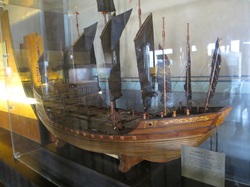 In 1422, Zheng He sailed the ocean blue. In 1422, Zheng He sailed the ocean blue. Of the roughly eight bajillion emperors who have ruled China over the last several thousand years, Emperor Yongle (who reigned from 1402-1424) might have overseen the single most productive period of them all. Apparently, he knew it even then because all the historical accounts describe him as a big braggart. Here's what else we learned from our visits to the Forbidden City, which Yongle had built in downtown Beijing, and the Ming Tombs, where Yongle is buried. Yongle (pronounced yong-lee) rose to power after hearing that his father had picked a grandson -- one of Yongle's nephew's -- as his successor. Yongle launched a military strike on his nephew, who was the second emperor of the Ming Dynasty. When Yongle's forces reached the palace, they set it ablaze. But the nephew/Emperor #2 was no where to be found. Some say he died in the fire, others think he escaped to the Philippines, while still others think he and Elvis are doing a traveling show together. Once Yongle became third emperor of the Ming Dynasty, he made the most of it. Among his accomplishments, he:
The Forbidden City, which is across from Tiananmen Square, was so named because only the emperor and his family, guards, slaves, invited courtiers and employees were allowed in. Fun fact: Many of the buildings in temples and palaces have statues near the rain spouts. These are actually mythical creatures from Chinese legends. There are 11 total mythical creatures. And the more a building has, the more important its occupants/purpose. (Thanks to our wonderful tour guide, Justin, for that info.) The palace below featured all 11. The building that currently houses the bathrooms had three. 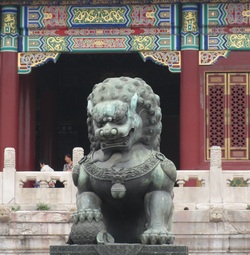 This is a fictional lion ... because China doesn't have any real ones. This is a fictional lion ... because China doesn't have any real ones. Dragons are everywhere in the Forbidden City because they represent the emperor. Unlike European legend, dragons are good guys in China. They signify power bestowed by heaven. Incense burners also are common features around the palace because they created a smoke effect that made it seem as if the palace was in a cloud -- in heaven. That's not necessary now. The natural smog in Beijing provides that effect. - Ryan
We've had fairly decent weather in China - minimal rain and not terribly hot. But I have to say, I would have taken an extra 10 degrees on Wednesday if it meant we had clear weather for our trip to the Great Wall. We chose to climb the section with fewer people that isn't as high. Because a dense fog kept us from seeing more than 100 yards in any direction, we really didn't need the extra height. Thoughts:
Ryan and I were quite the attraction. Several tour groups asked to have their pictures taken with us. Justin said most of the groups were from Southern China based on the hats they were wearing. Ryan and his approximately 20 phrases in Mandarin made him quite popular with the ladies. Incidentally, weather predictions must be a closely guarded secret in China. None of our usual weather apps have provided us with an accurate forecast here.
On Thursday, for example, Weather.com, The Weather Channel, and Apple's weather app all said it would be at least 91 degrees in Beijing. Only the BBC got close - saying a high of 79 degrees and cloudy. I'd be very surprised if the actual reading was higher than 70. It's clearly a cover-up. But why? -Elizabeth The Summer Palace is northwest of Beijing and was used as an imperial retreat in the Qing Dynasty (1644-1911), and the layout we explored dates to the latter half of the 18th century. It was destroyed twice by French and English troops, in 1860 and 1902. The Empress Dowager Cixi had it rebuilt both times before the Qing Dynasty fell in 1911. The grounds consist of 300.59 hectares, and 75 percent of it is covered in water. The whole park was beautiful and felt much cooler than the 90 degree heat we left in the inner city. 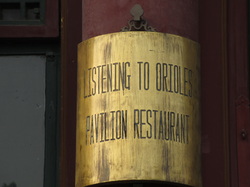 Imagine my delight when we stumbled upon this sign while hiking through the grounds of the Summer Palace on Monday. Yes, I know it's referring to the actual bird and not my beloved hometown baseball team. But still, it was enough to conjure up images of an entire restaurant devoted to listening to radio announcers Fred Manfra and Joe Angel calling an Adam Jones at bat or a stellar defensive play by Manny Machado. Hey, a guy can dream, right? Actually, the pavilion restaurant isn't directly referring to the bird. The building originally was built as a theater for the Empress Dowager Cixi to enjoy opera. Opera singers often were compared to Orioles because of their pleasant singing voices. The Dowager Cixi is an interesting figure in Chinese history. Born a commoner, she became a concubine of the Emperor Xianfeng and bore him a son. After the emperor's death in 1861, Cixi essentially took over control of China as regency for her pre-schooler son. Upon her son's death, she selected her 4-year-old nephew as the next heir but continued her rule. She made some poor choices along the way. Among them was re-appropriating much of the money set aside for the Chinese Navy in the 1880s and '90s to rebuild the structures and gardens in the Summer Palace that had been destroyed by the British and the French in the Second Opium War in 1861. That decision proved to be costly in 1895 when the Japanese defeated the ill-funded Qing Navy. As a result, China lost the island of Taiwan. On the bright side, the empress got to listen to "the orioles" in a shiny new theater on her 60th birthday while her navy was taking a beating. - Ryan
We went up to see the Olympic Park on Monday night, forcing us to make our way back to the hotel after sunset. Since we don't post a lot of night photographs, here's a sampling of what we saw in Beijing after dark. Chronicling the rest our our journey in China just couldn't work without a camera. (Sorry iPhone and iPad). So we decided to buy a replacement, which was its own adventure. Kate took us to the grocery store, Lotus, which has an electronics section. As soon as we approached that part of the store, the four bored-looking clerks immediately perked up to greet us. Kate said it might be the first business they had gotten in a while, plus it was three Westerners to boot. The first one didn't know any English, but Kate knew the word for camera. 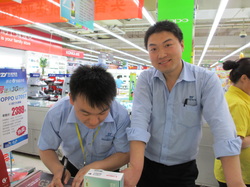 Our helpful clerks. Our helpful clerks. We picked out a Canon that was a smaller, next-generation version of our late camera. Through a combination of hand gestures, the limited English one of the clerks knew and Kate's Mandarin ability, we figured out that this model used the same memory card. But we struggled to confirm whether the battery was a strange kind of disposable type or a rechargeable. It took opening the box to confirm that all was good and that it's rechargeable.
The clerks showed us how to reset the camera's screen instructions from Chinese to English. And we got ourselves a new camera, suggested retail price 1,599 yuan -- or roughly $265. The final step after paying, though, was to be escorted to a special desk to fill out a tax form for the store. So we are back in business with our new Chinese camera.  "It's just like riding a bike," Elizabeth says. "It's just like riding a bike," Elizabeth says. Xi'an was the ancient capital of China, and it has the defenses to prove it. A nearly nine-mile wall guards the inner city, which includes the exotic Muslim Quarter, the Drum Tower, Bell Tower, a Buddhist temple and various businesses and apartment complexes. Fun fact courtesy of Kate: The wall is actually wider than it is tall. That's one of the reasons it's the oldest existing city wall in China and perhaps the world.  Plus, like European castles, the wall also features a moat. Unfortunately, it was under construction, so the water was drained. Essentially, it had been "de-moated." Elizabeth and Kate didn't find my joke about that nearly as funny as I did. We also happened to tour the wall on Children's Day. Xi'an rolled out the green carpet for the kids and allowed them to draw, paint and doodle on more than four miles' worth of paper that spanned about half the length of the wall. It was like the world's longest Trapper Keeper cover. 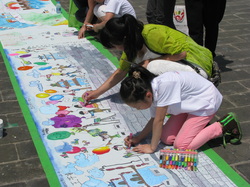 Wall art. Wall art. As we walked along, a camera crew that was covering the festivities approached Kate. The producer asked her if she spoke the language, to which Kate responded "a little" (I failed to write down in my notebook what that is in Mandarin). The producer asked Kate to repeat something in Mandarin. It sounded like Kate did a great job, although none of us -- including Kate -- are quite sure what she actually said. 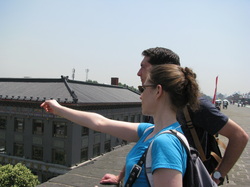 Kate in tour-guide mode. Kate in tour-guide mode. Kate then took us on a bike ride along the remaining seven miles of the wall. The sites were amazing. And the weather was just about perfect. The biking part wasn't new to Kate. She had gone before. The new part was having a wing-man and wing-woman. "It's fun to be in a (biker) gang," Kate said. But we did take a loss. Not long after mounting our bikes, Elizabeth and I botched a hand-off of our 8-year-old camera. It dropped on the stone wall surface. Initially we thought it had survived the fall. It gallantly took five more photos (including the one below). But alas, those would be the final snapshots it would take. Could we finish the journey without a camera? Would an iPhone camera be enough to capture our adventures? Or would we have to turn to our iPad to take pictures?
To be continued ... - Ryan Courting couples in China have a few rituals that make them stand out. First, some dress in matching outfits. Kate says this is even more common in Shanghai, but we saw a handful of examples in Xi'an. I find this incredibly amusing considering Ryan's VERY strict rules of us not dressing alike, which are summarized below to the best of my understanding:
Therefore it seems highly unlikely that a situation like this would ever occur: So the second practice that seems to be a point of pride for those who are young and newly in love is the carrying of purses. Men frequently carry their own purse-like bags here anyway. But young men are even more likely to be seen with their paramours' fashionable tote tucker over a shoulder. Ryan, on the other hand, believes that my purse should only be held with a firm grip at arm's reach and accessorized with a grimace, so that everyone is aware that it is (a) not his purse and (b) that he does not condone my request that he hold it, however briefly. Admittedly, getting Ryan to do either of the first two would be far-fetched. I think I might be too old myself to truly take pleasure in either one. But this last one can be appreciated at any age. There are these adorable tandem bikes you can rent to tour the City Wall in Xi'an. Men take the front seat (and do most of the hard work), while women sit in the back under sun parasols and look lovely. I suggested that we rent one, and Ryan's facial response made Grumpy Cat look more like Snoopy doing his happy dance. - Elizabeth Ryan's response: Tweedle Dee and Tweedle Dum dress alike, couples shouldn't. Dudes don't wear purses. Period. And I would be open to the tandem bike. But you have to pedal too, Elizabeth. |

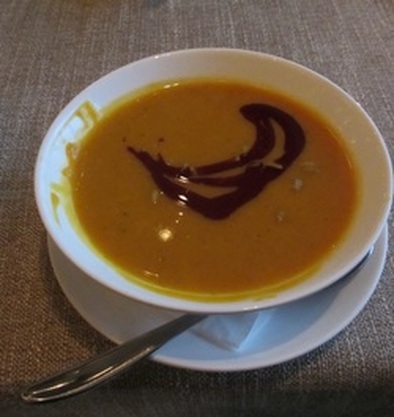
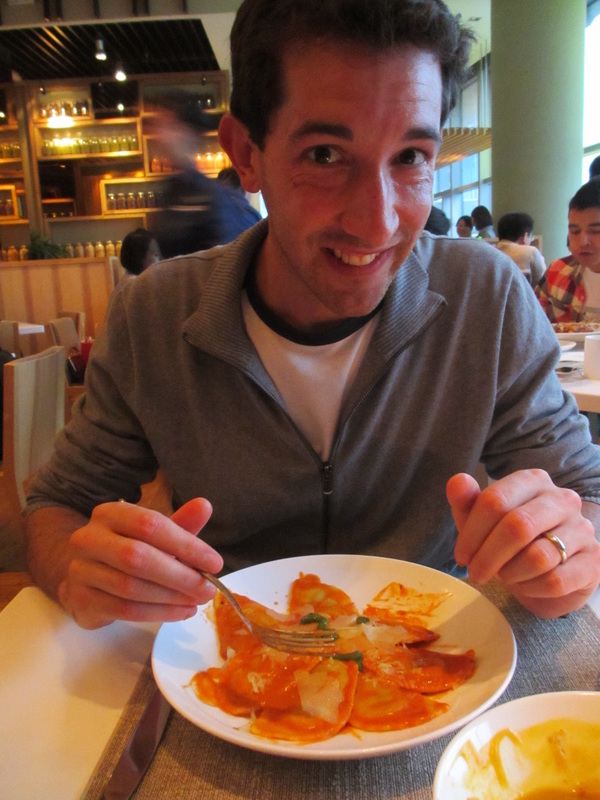


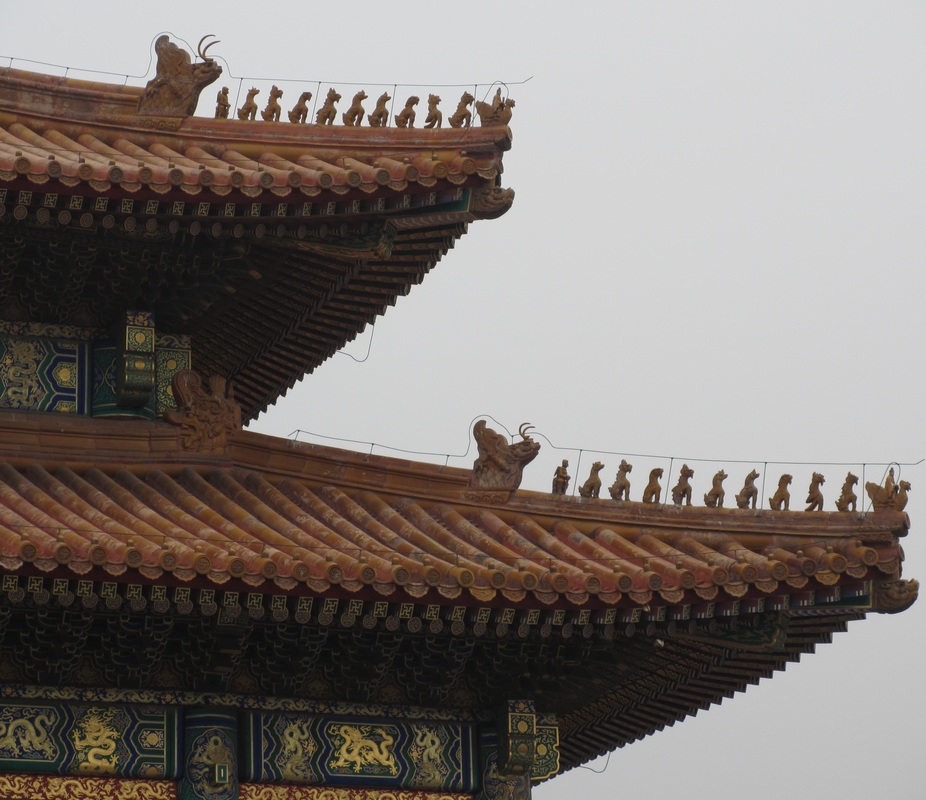
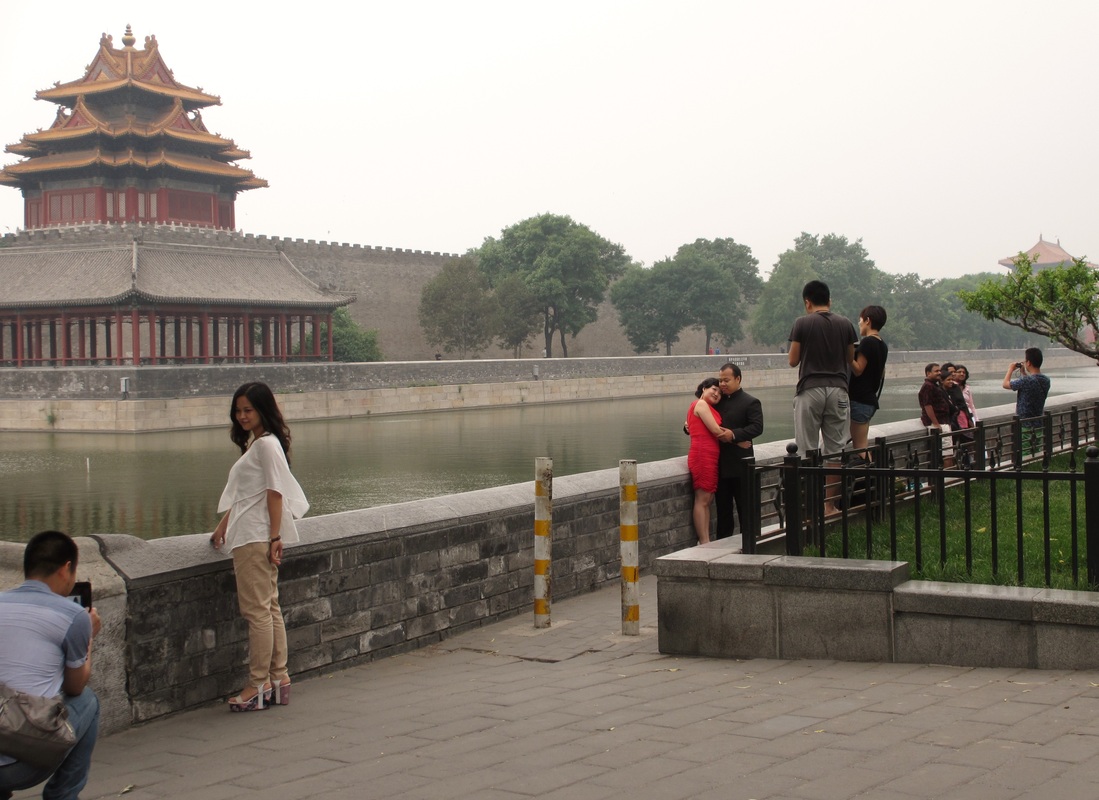
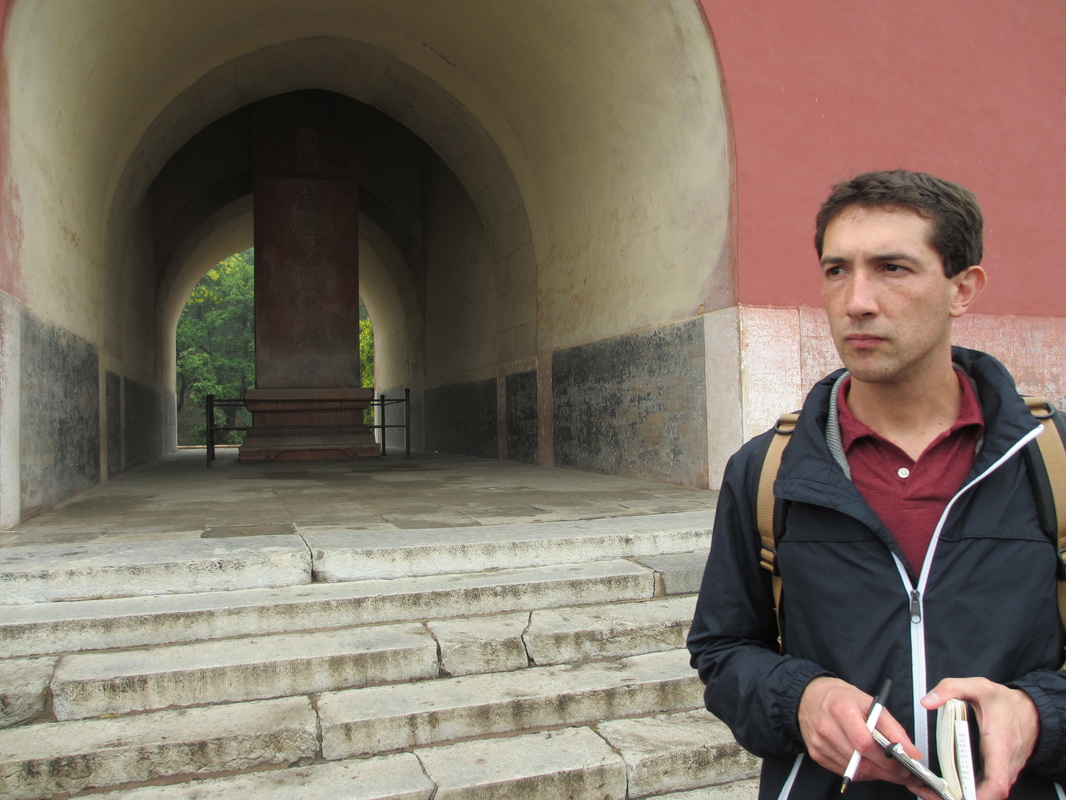
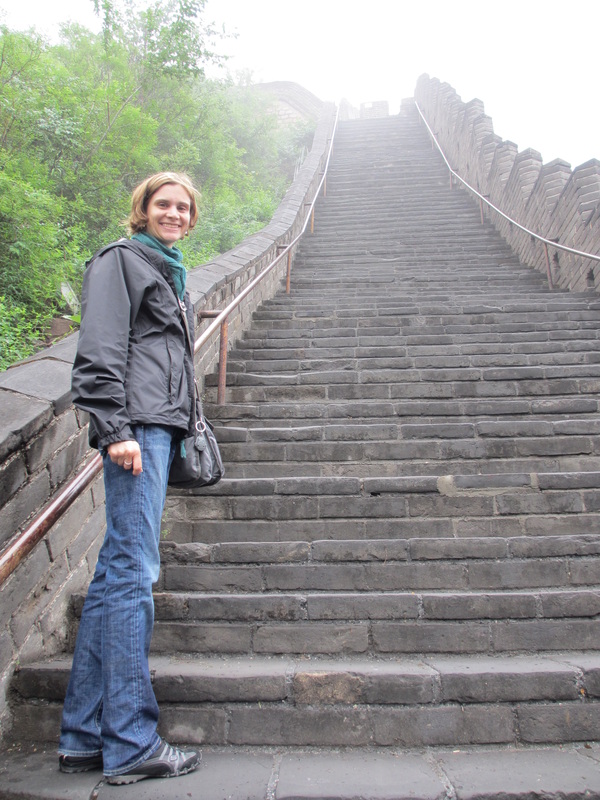
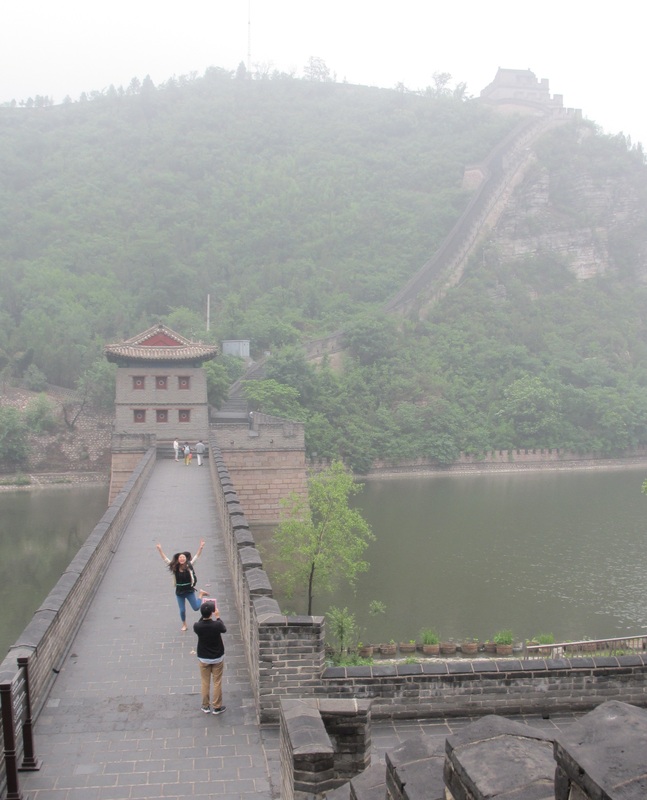
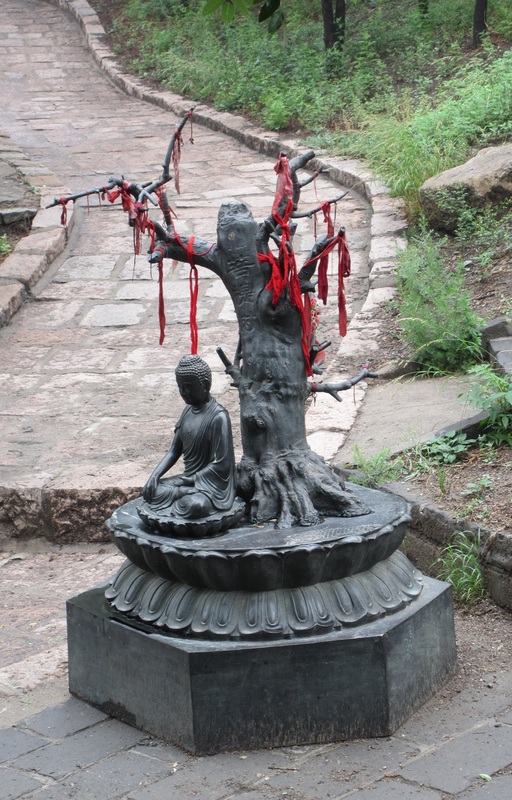
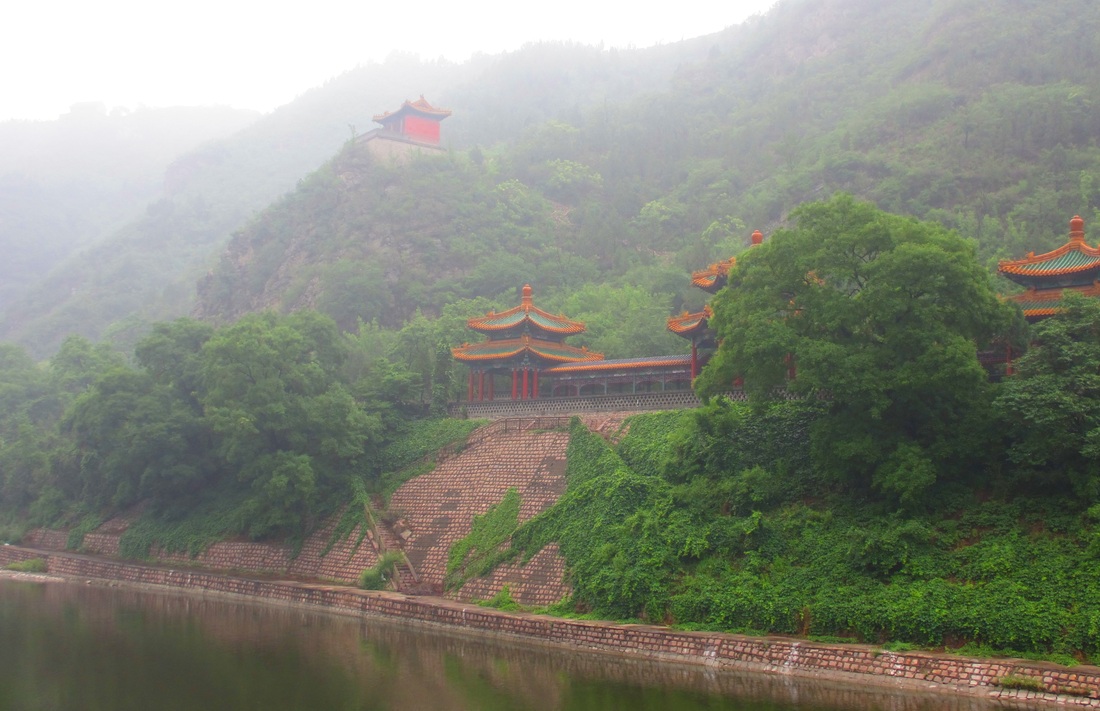
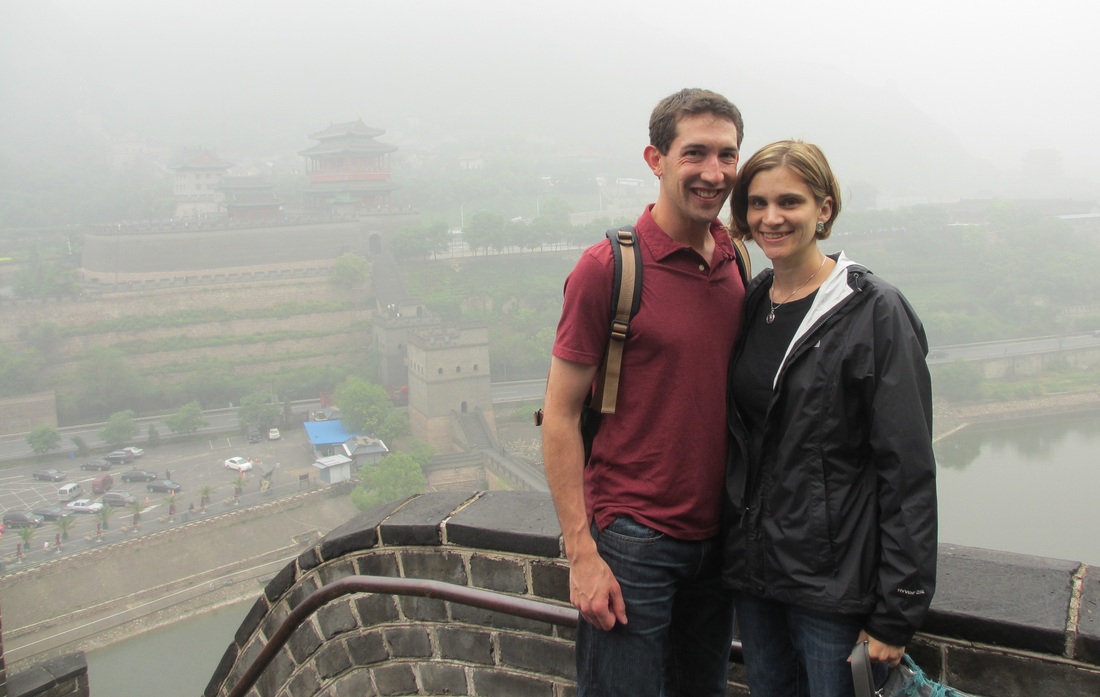
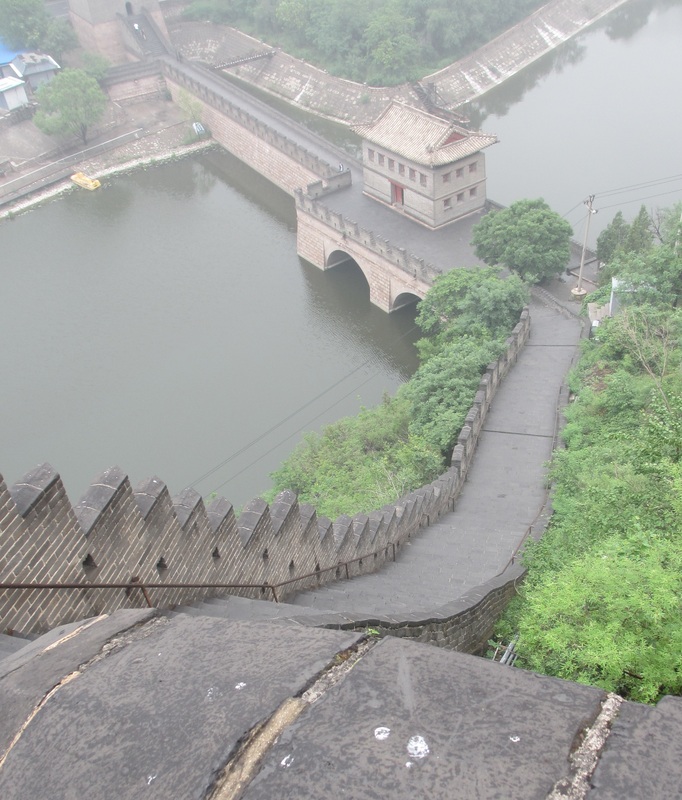
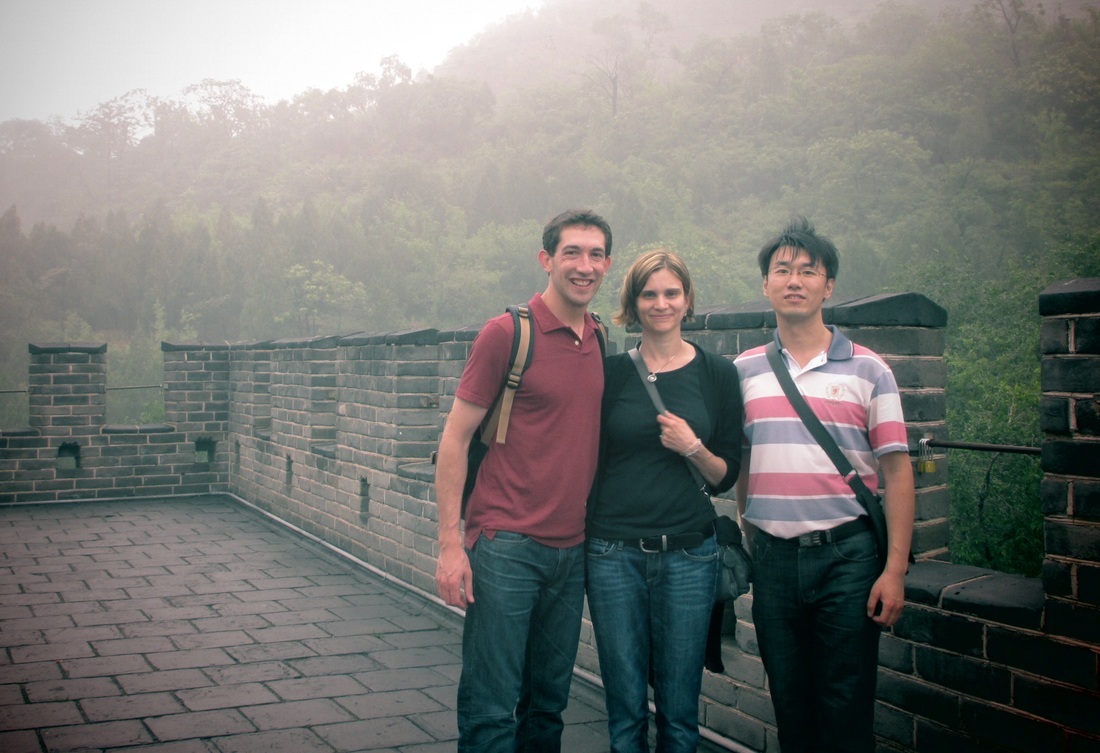
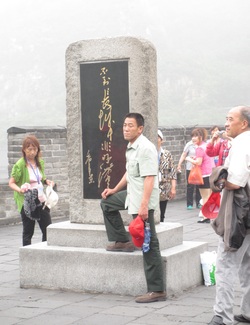

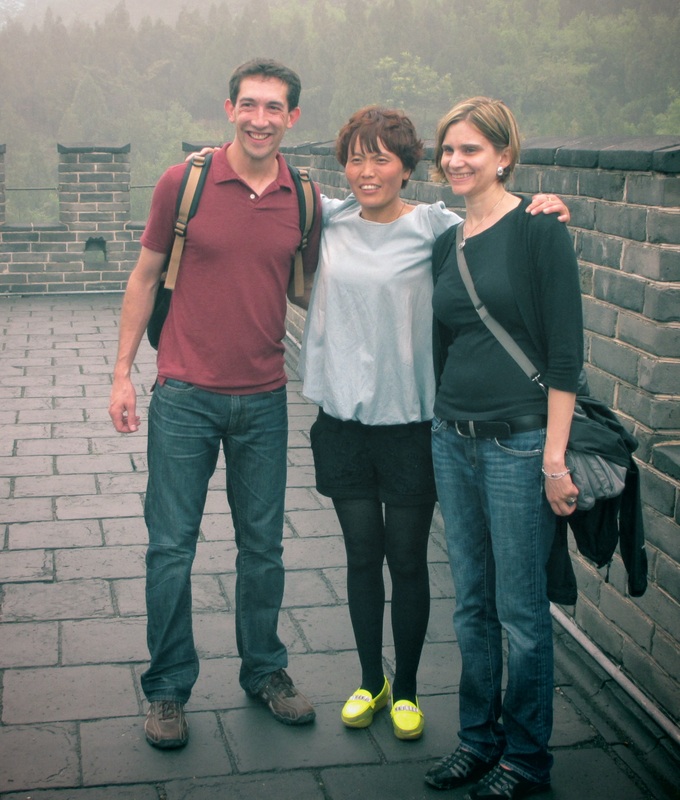
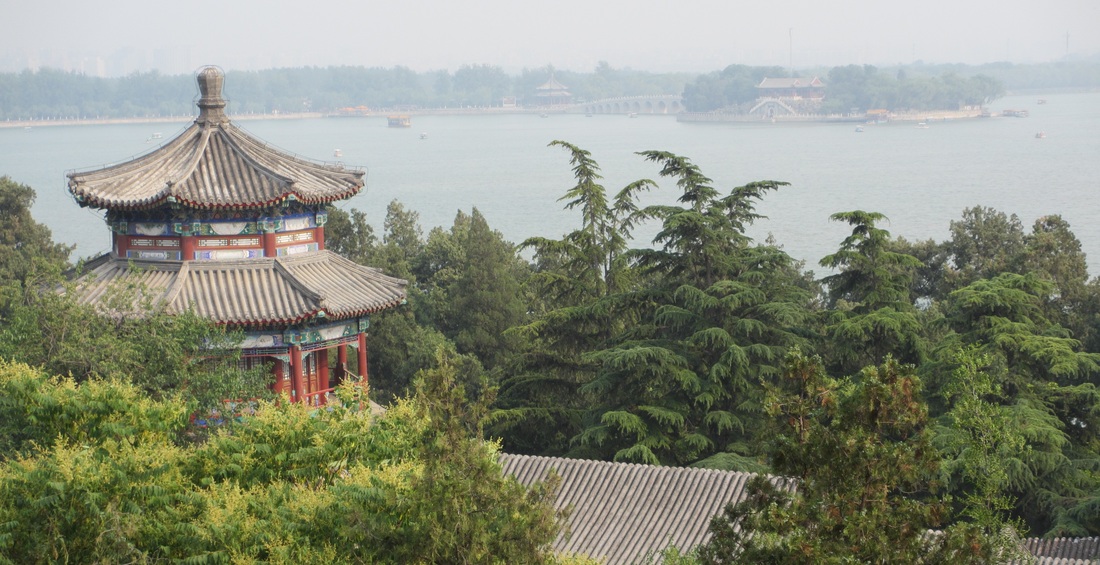
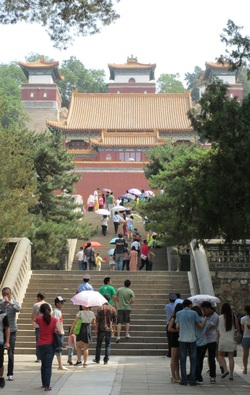

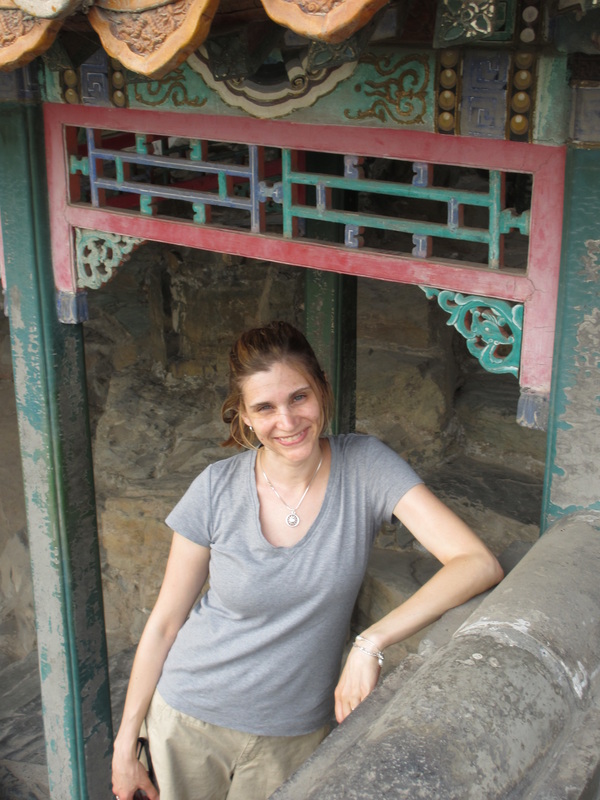

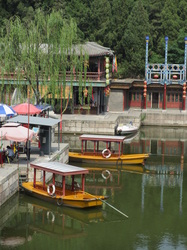

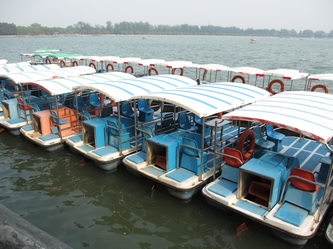
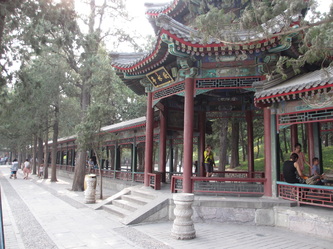


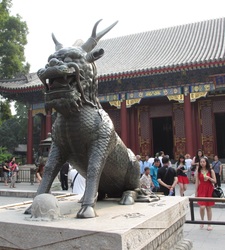
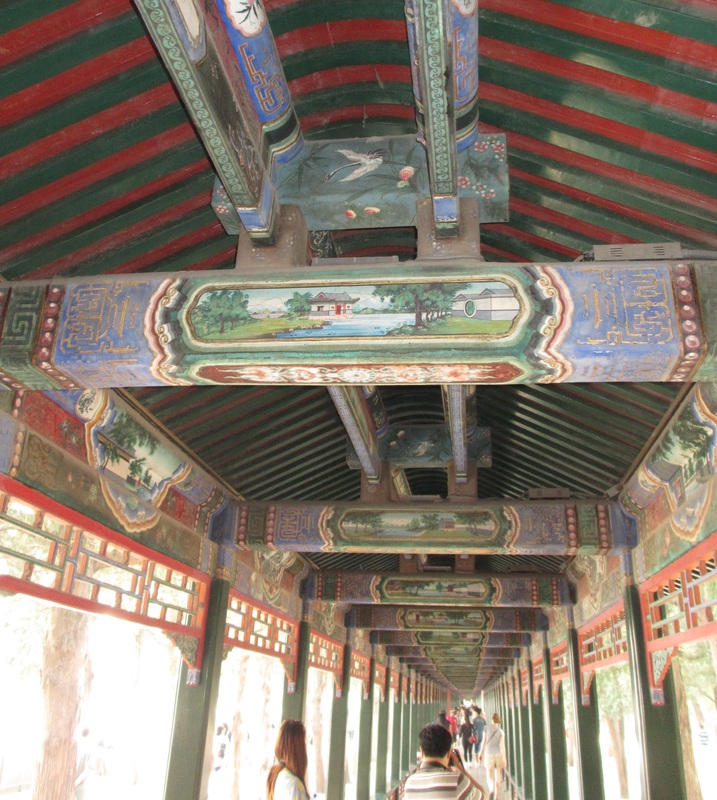
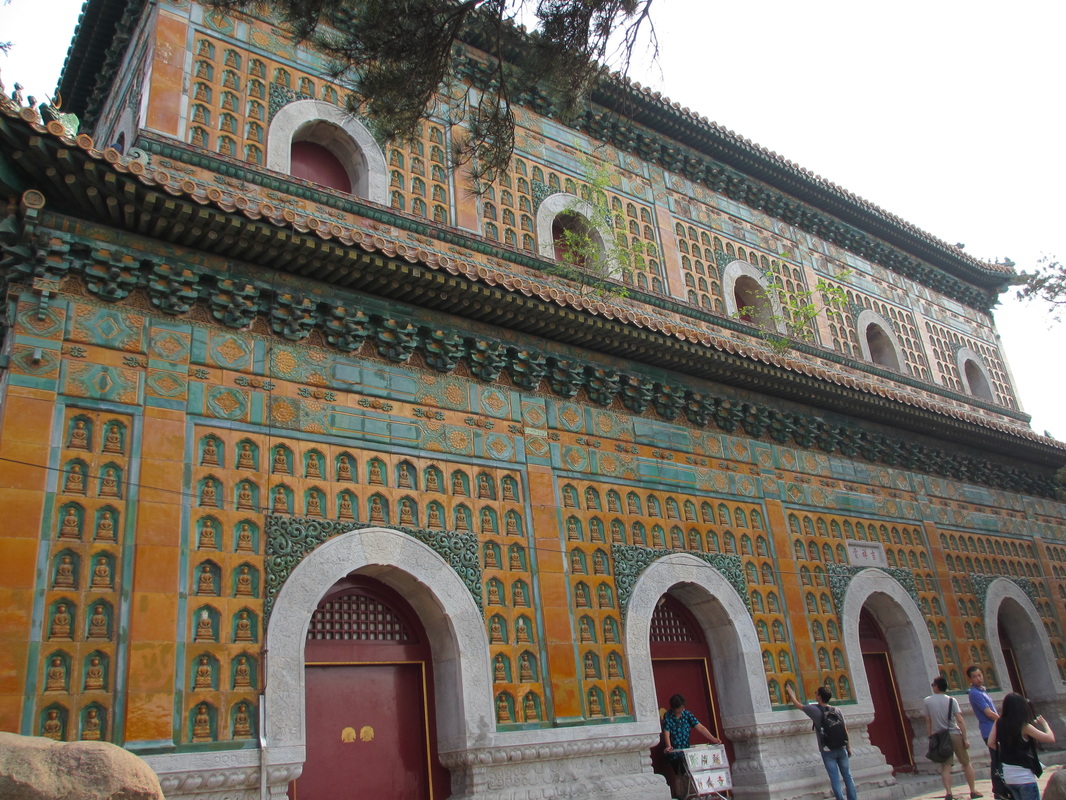
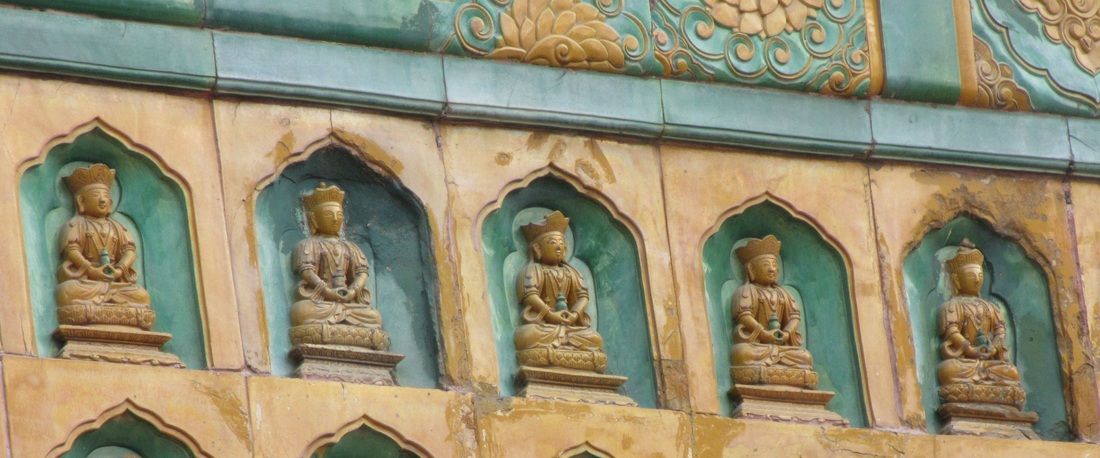
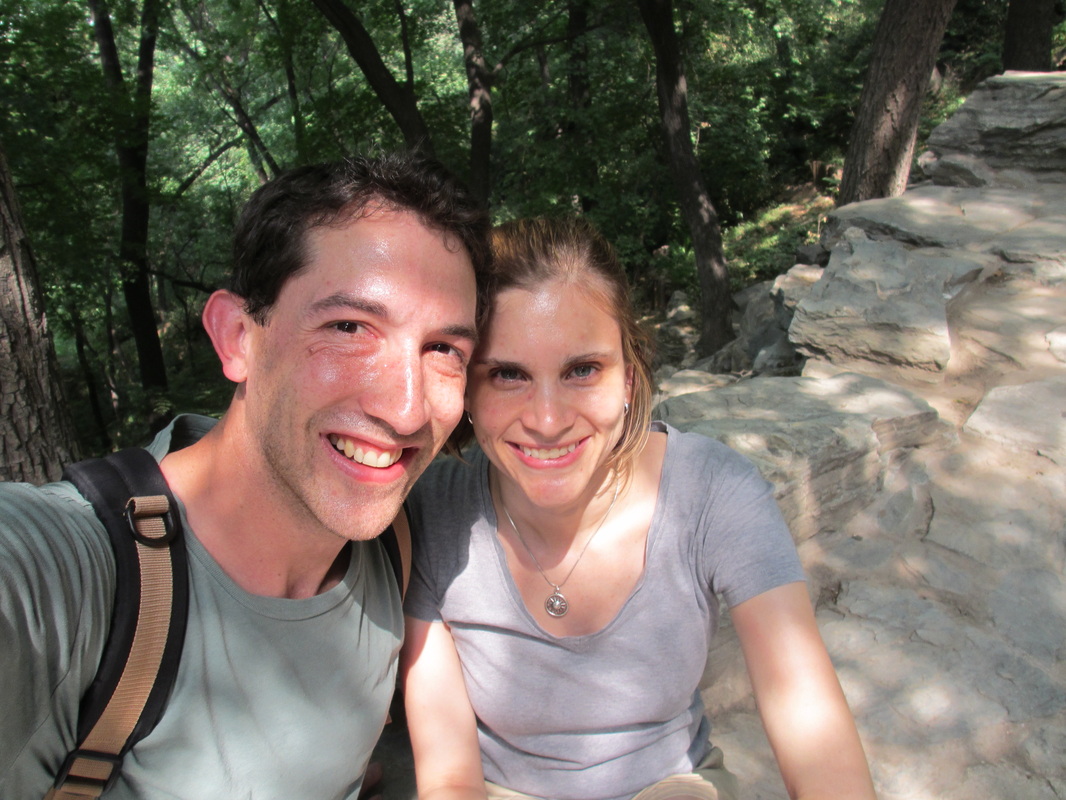
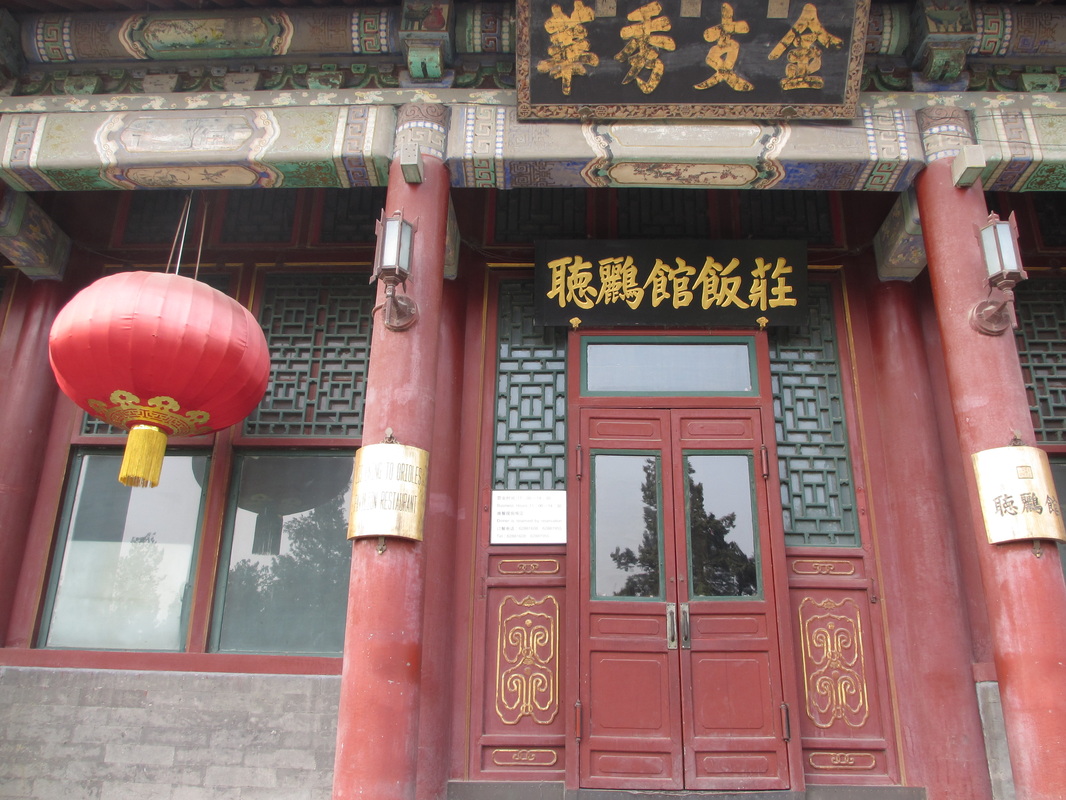
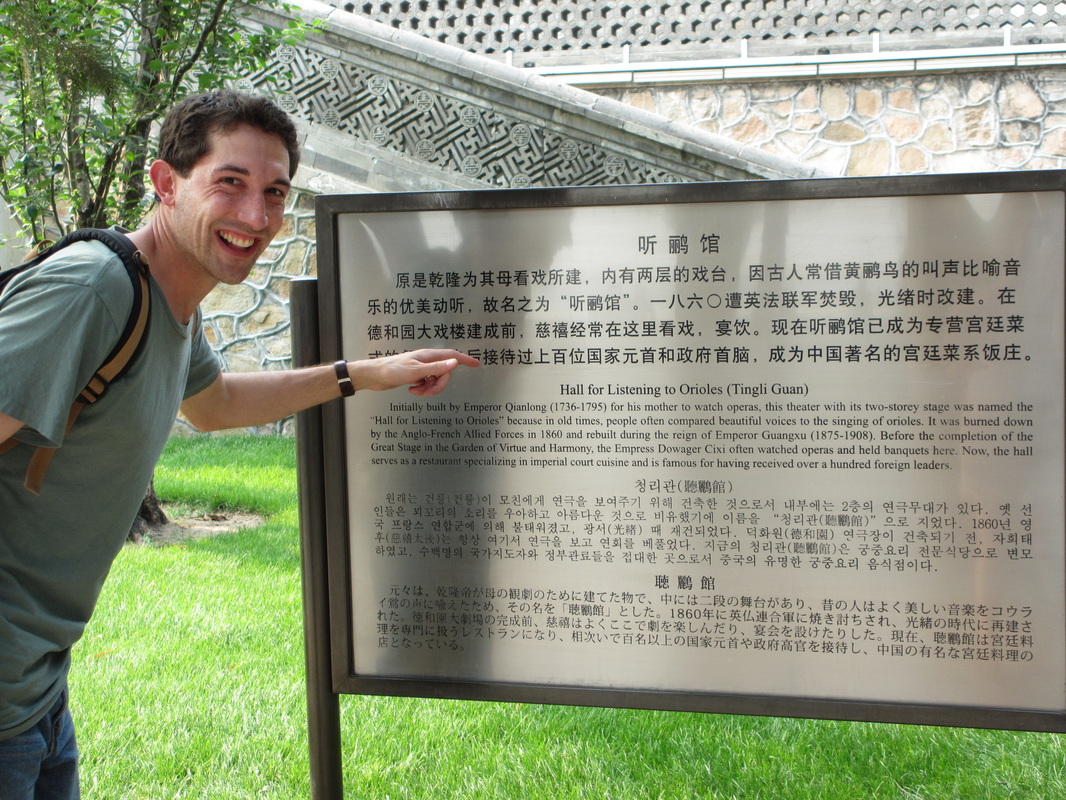
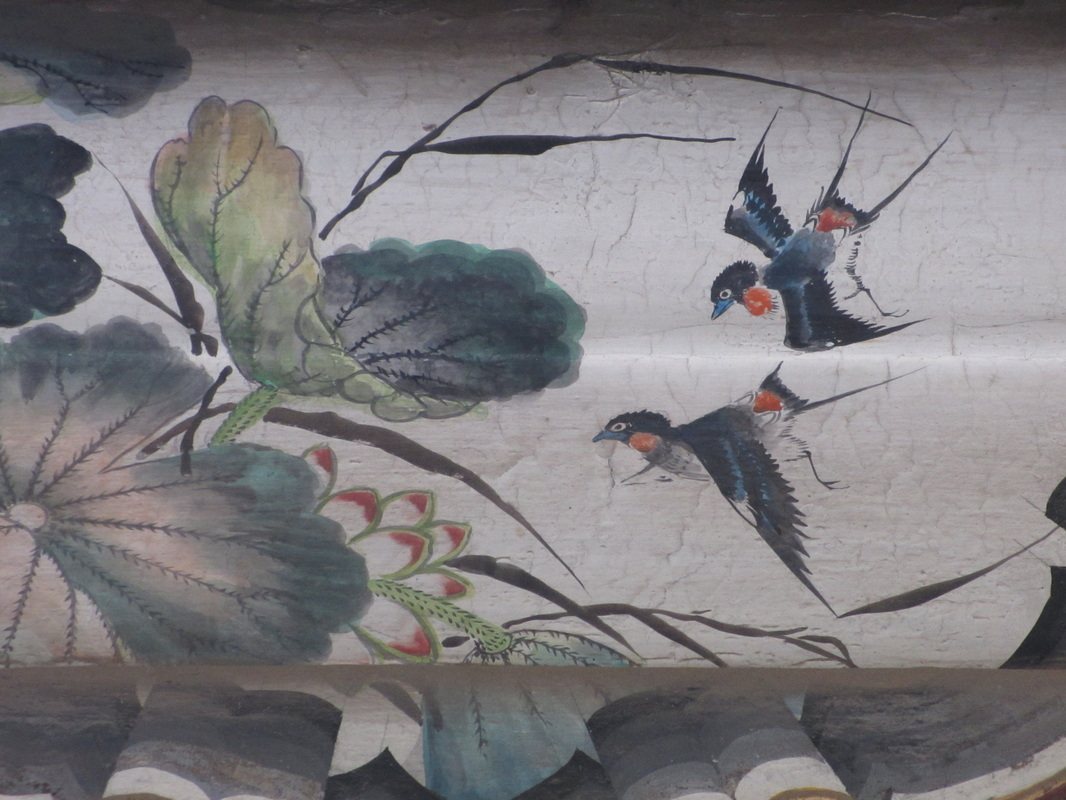
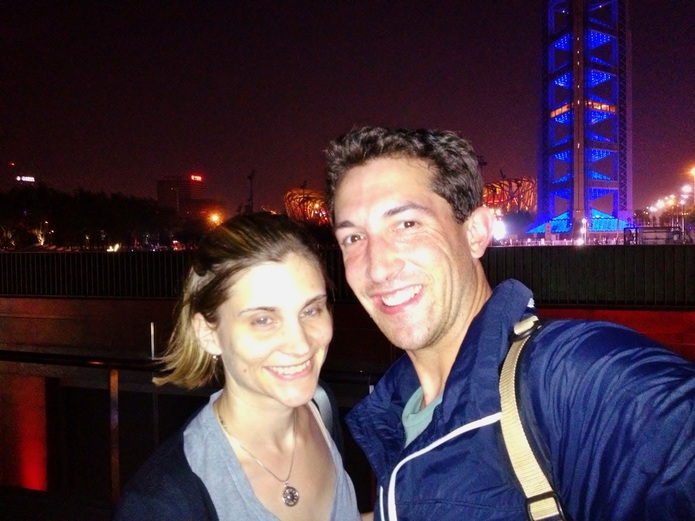
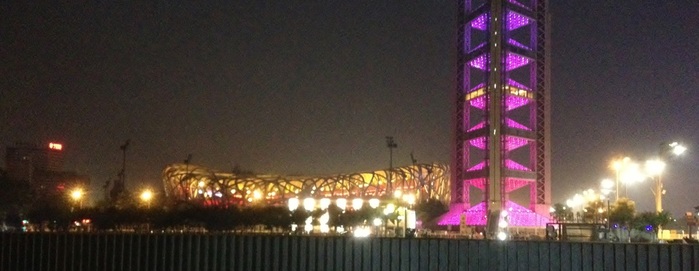

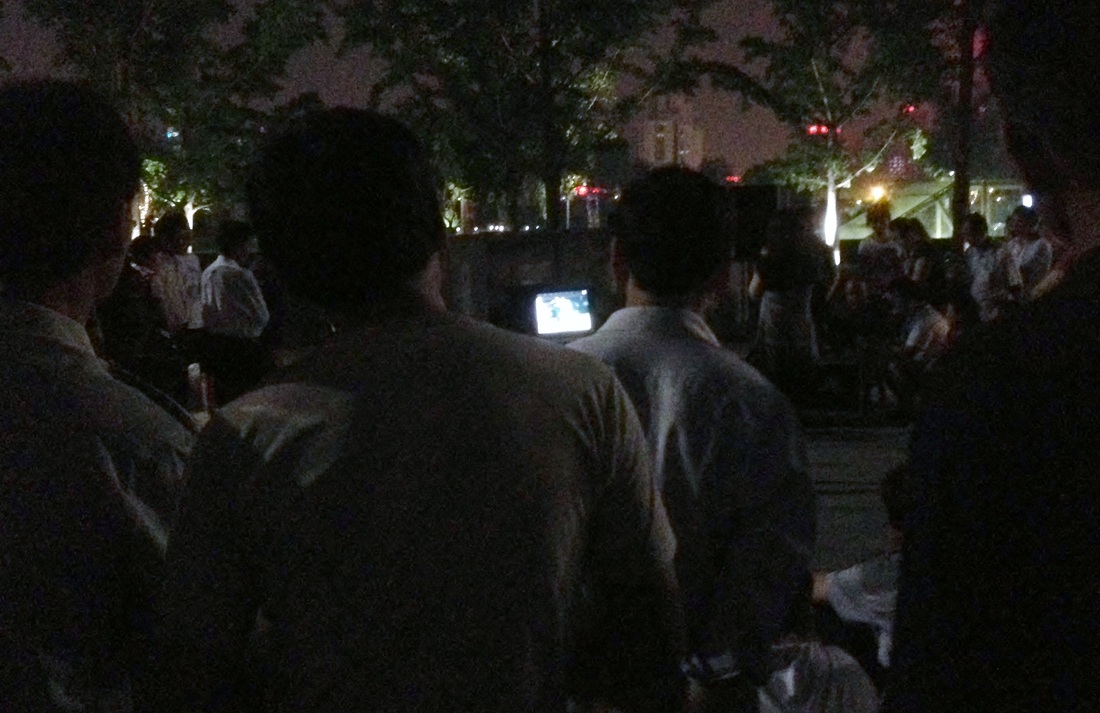

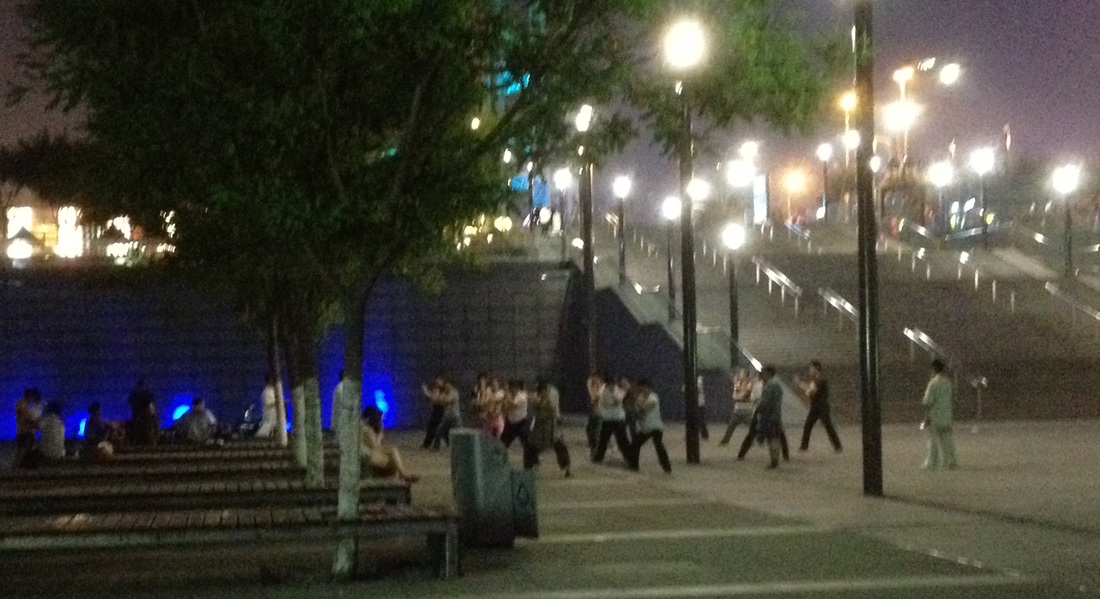
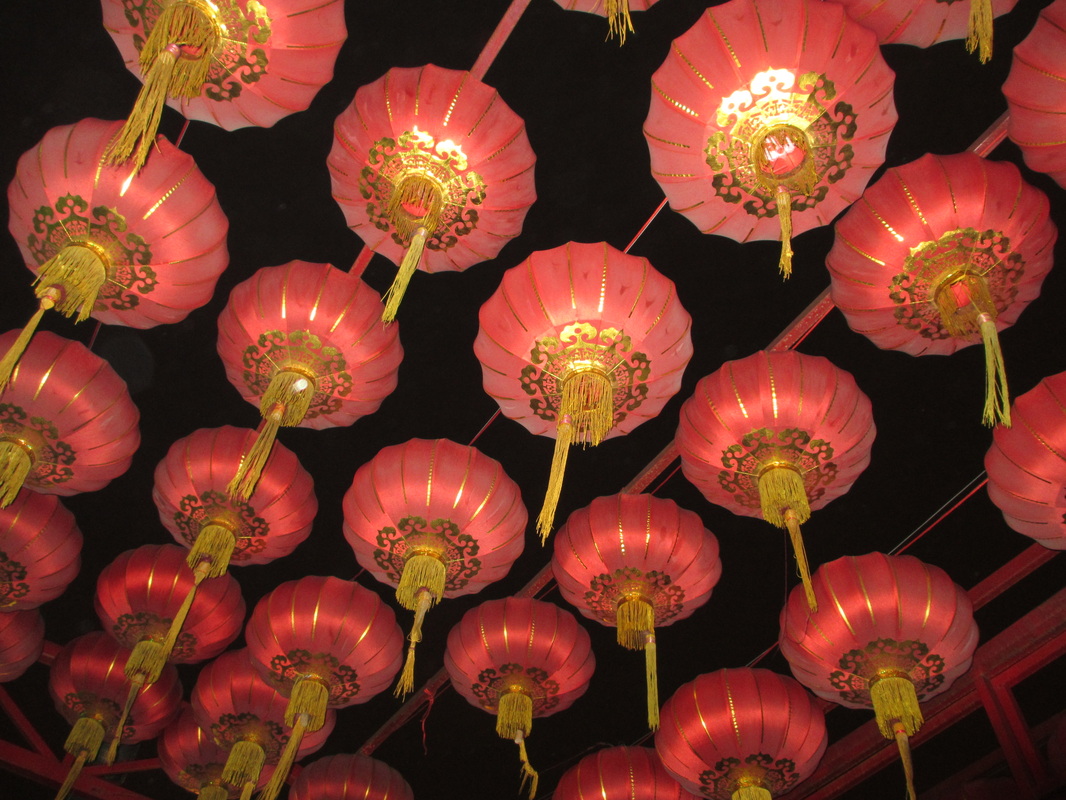
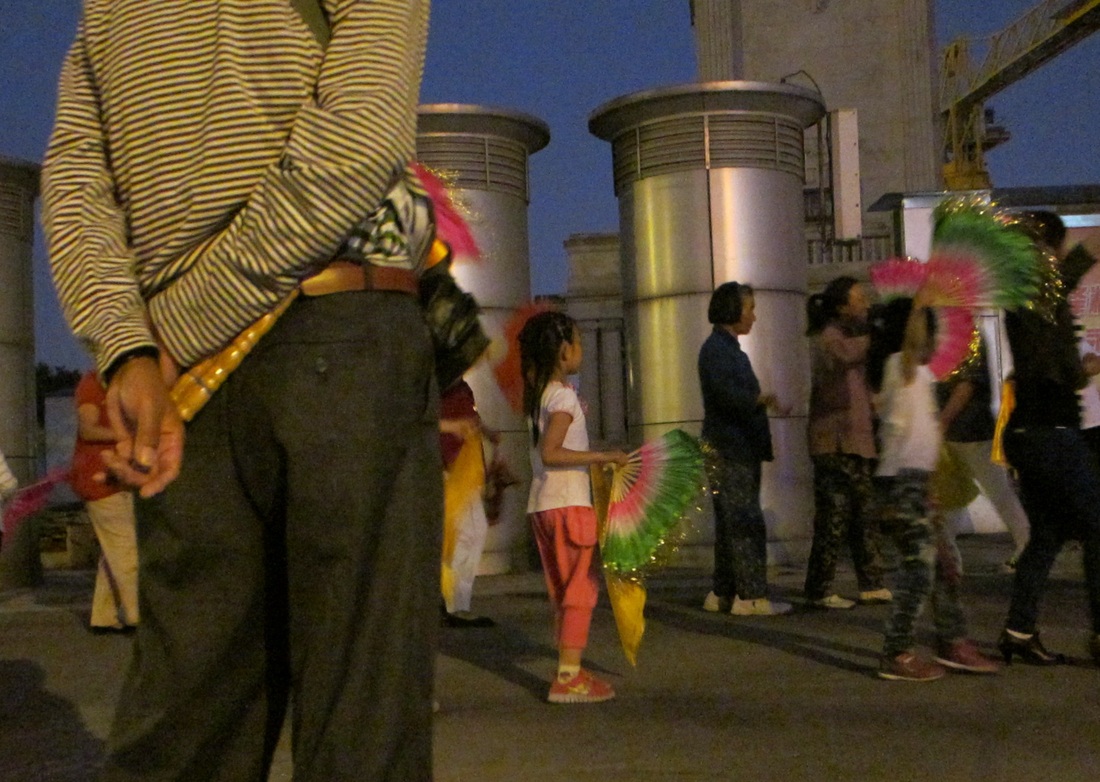
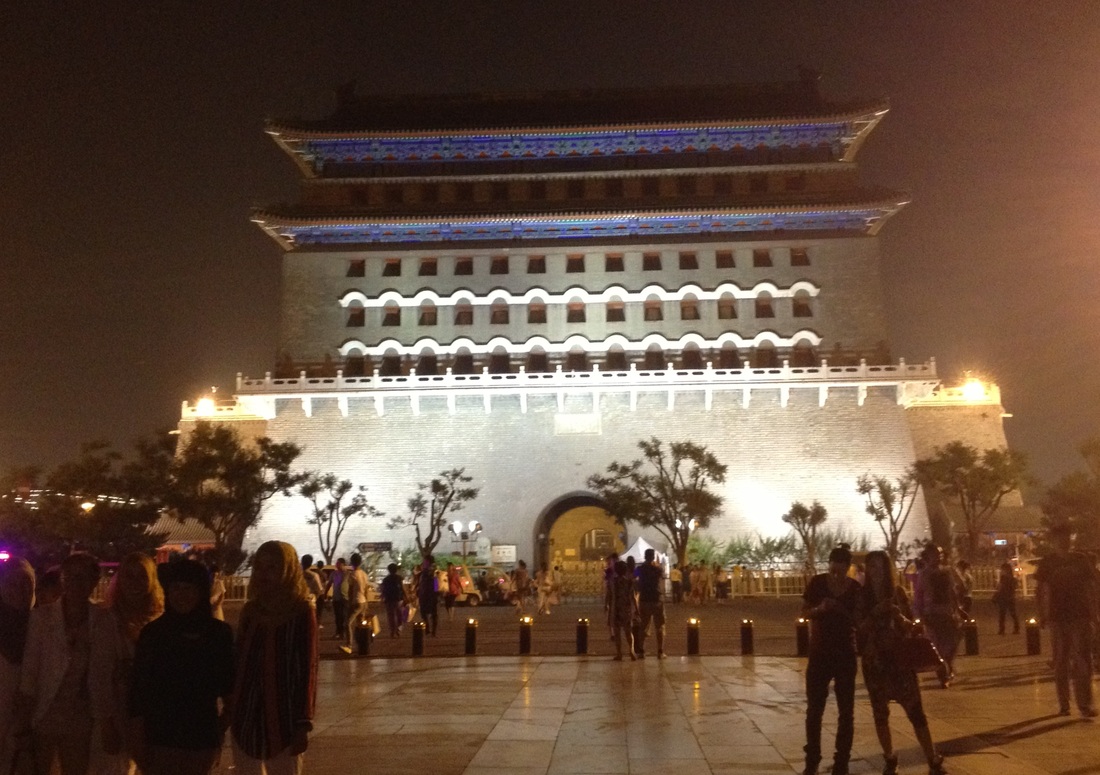

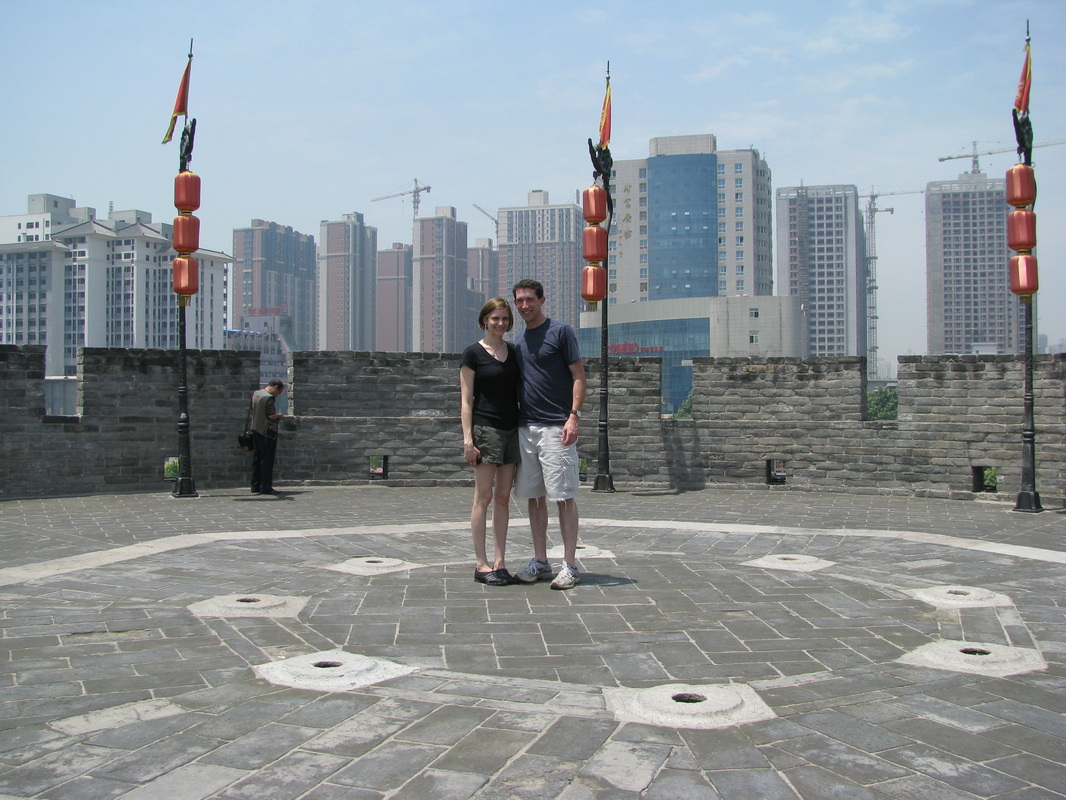
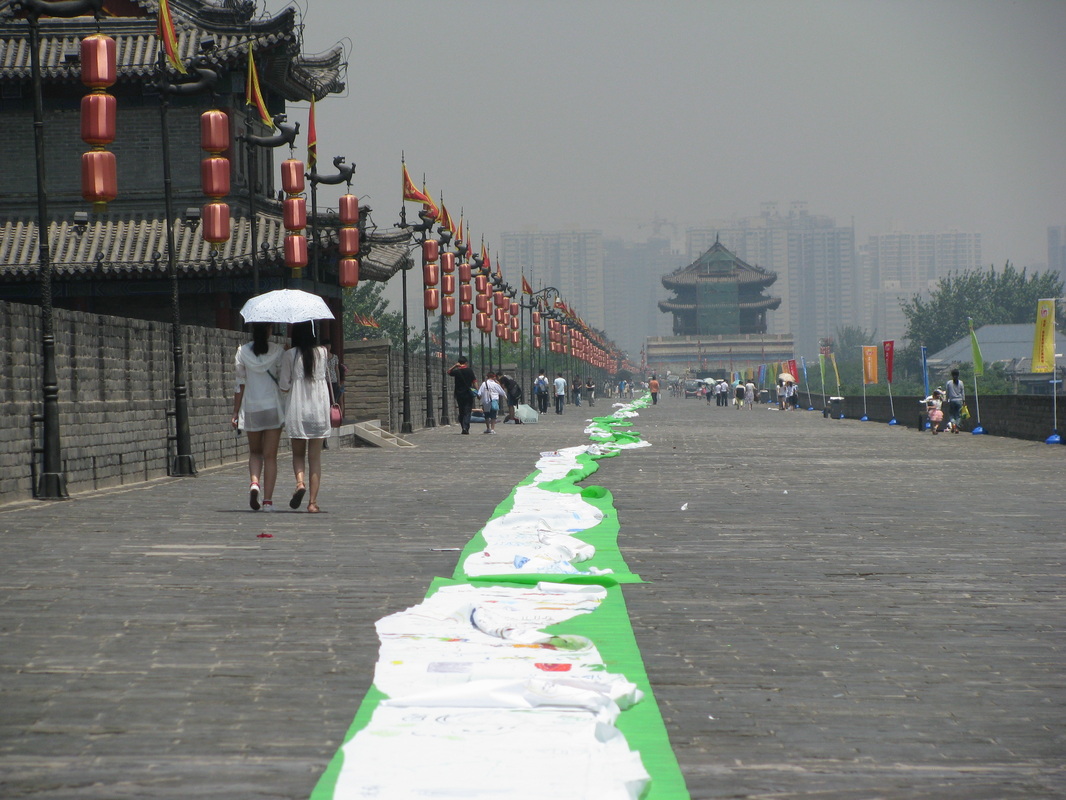
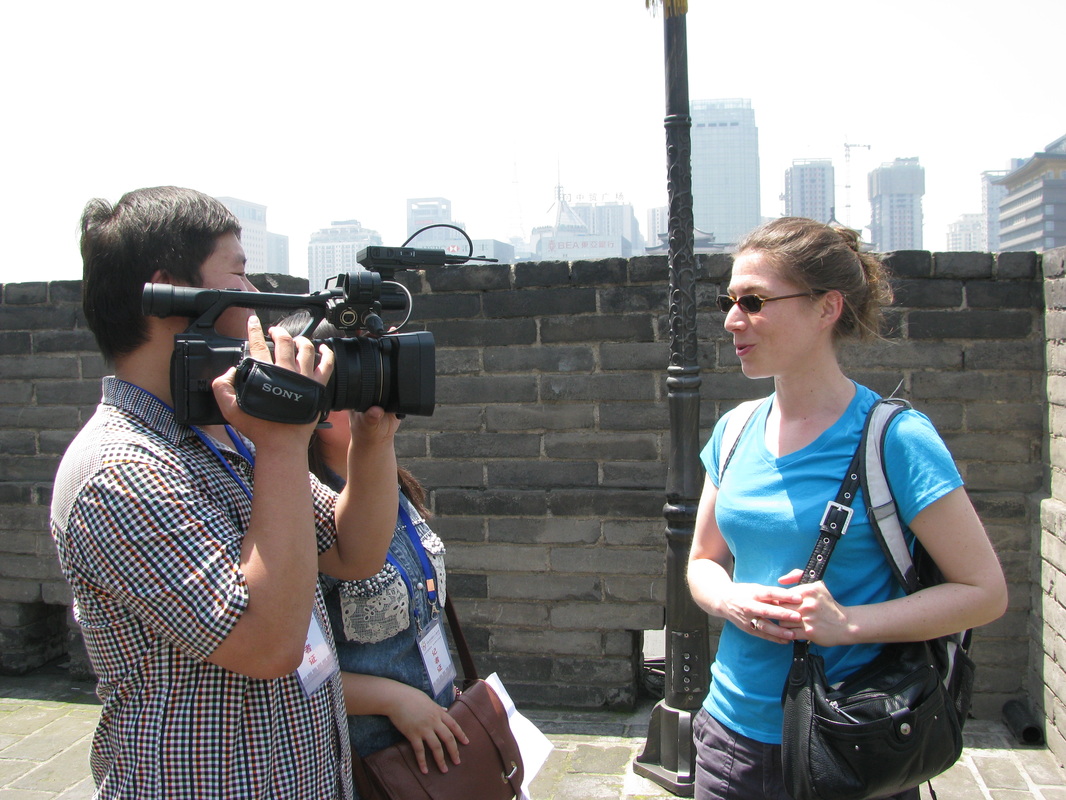


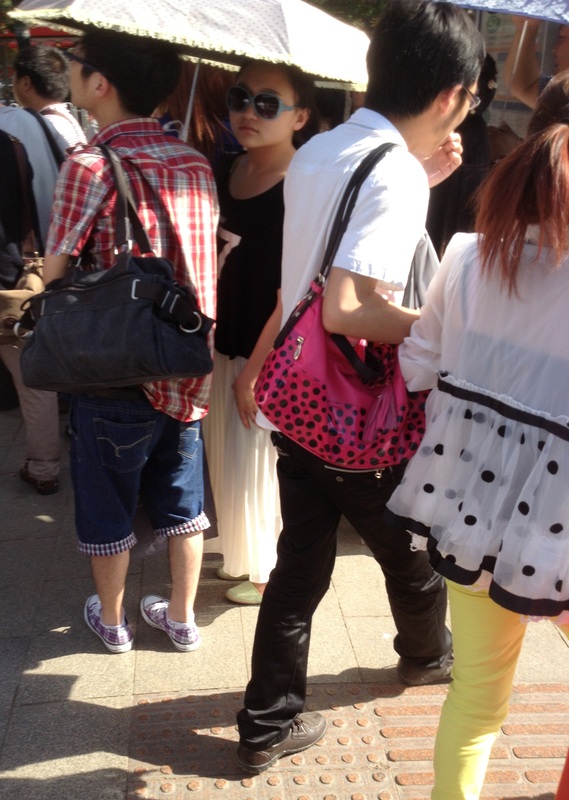
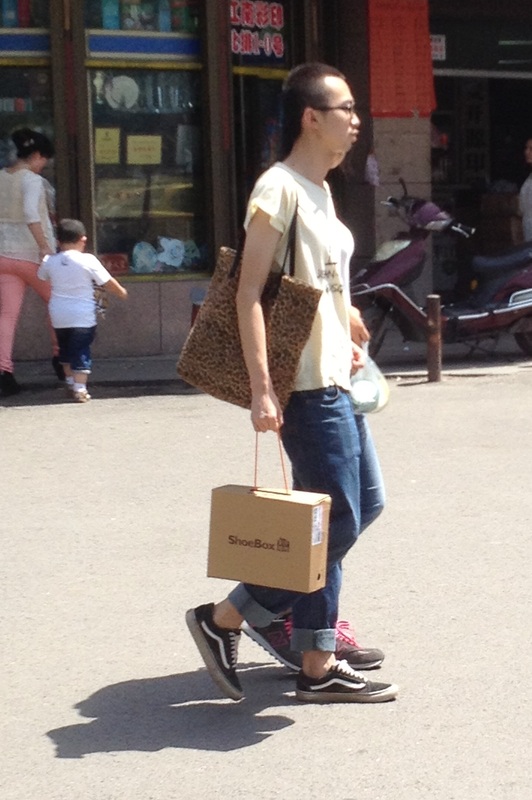
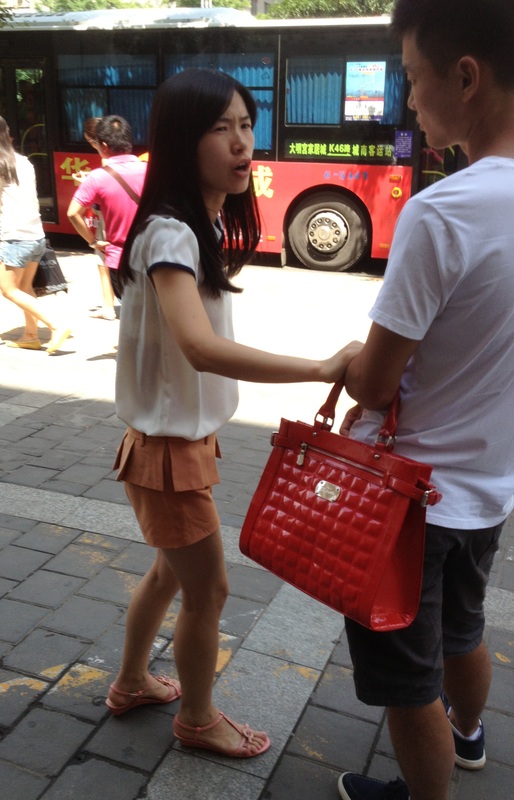
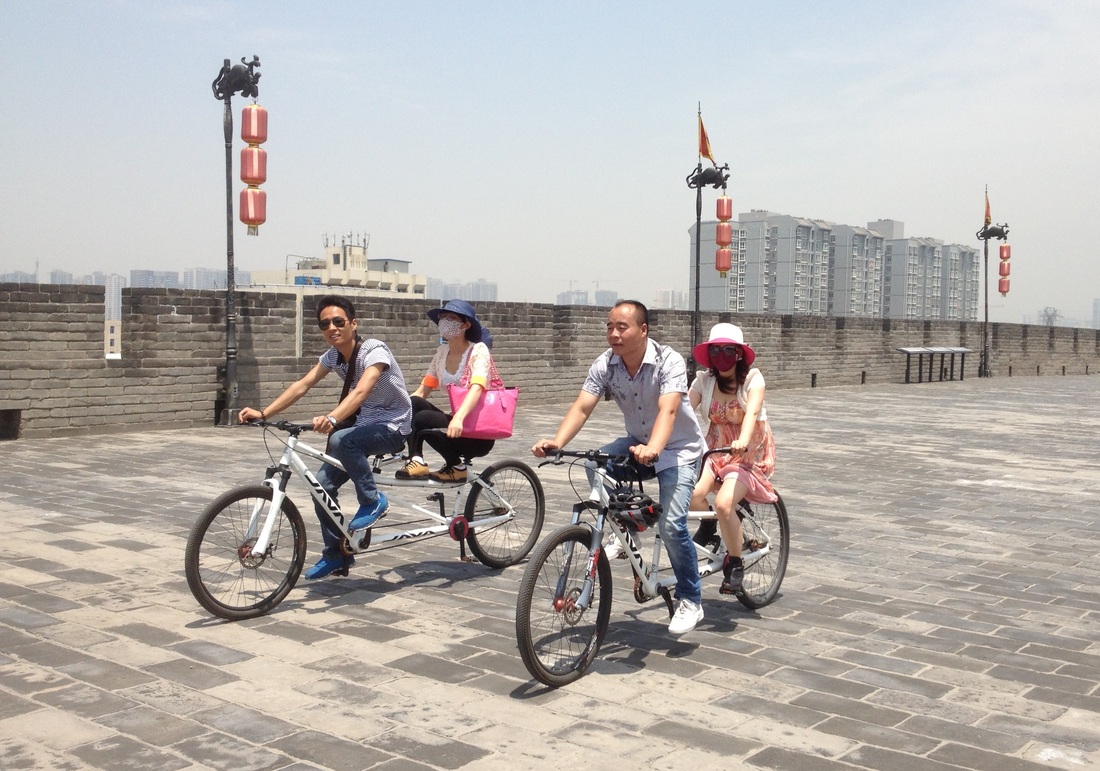
 RSS Feed
RSS Feed